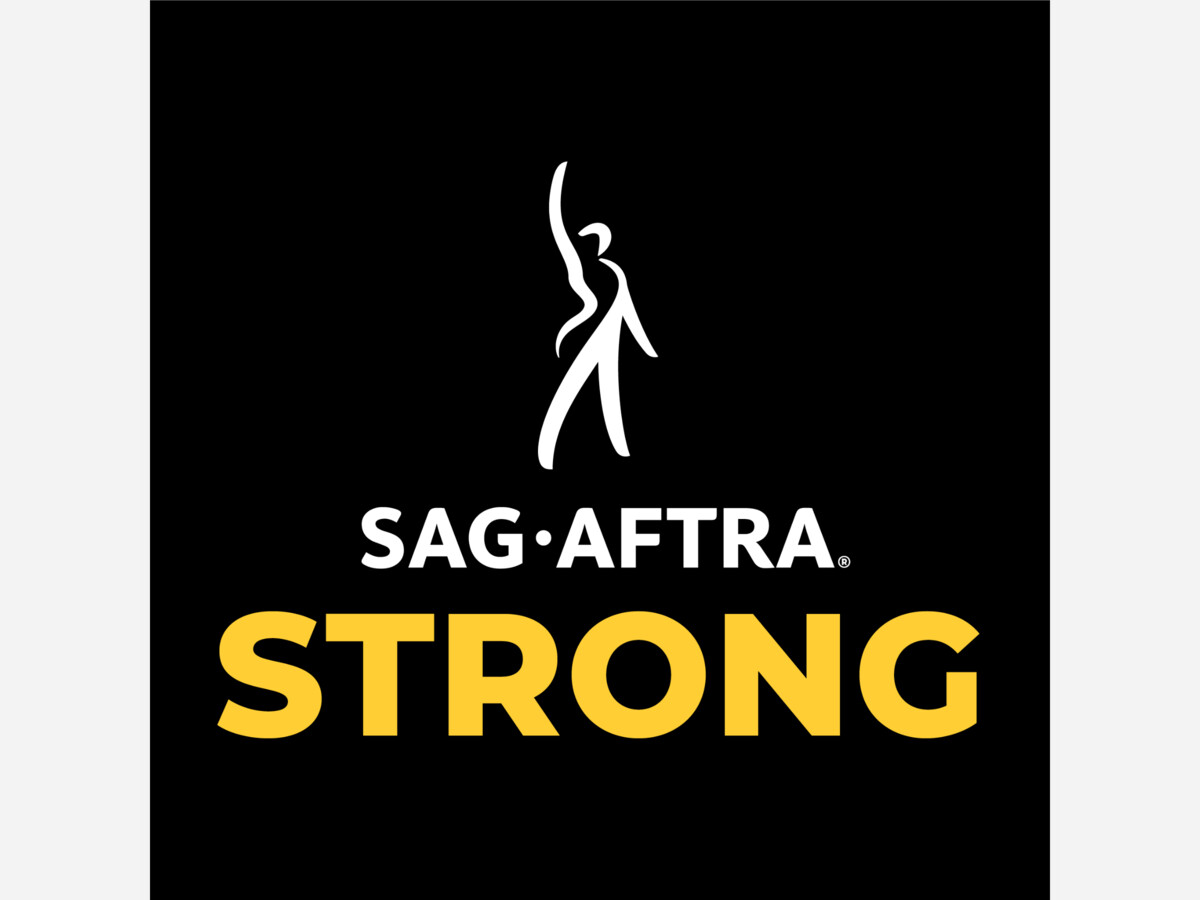Image

It has been over a month since the Screen Actors Guild (SAG) began its first strike since 1980 and, unfortunately, it seems like there is little urgency by the studios (referred to collectively as the AMPTP) to end the strike. The AMPTP has attempted to paint this as wealthy people complaining about not making enough money, however, this is transparently incorrect and now the inability of the AMPTP to negotiate in good faith with SAG is going to cause tangible economic repercussions to an industry that was barely starting to recover after being decimated by COVID.
For starters, the argument that SAG mostly comprises the very wealthy is intentionally misrepresentative of reality. SAG currently has about 160,000 members and about 86 percent of them do not make enough money from acting to qualify for healthcare from the guild. In order to qualify for healthcare, an actor needs to make $25,950 per year which, if one was working a full-time job in any other industry (40 hours a week, 52 weeks a year), would amount to just under $12.50/hour. Those actors are the one the strike is for, especially since some of the terms that the AMPTP refuse to budge on are the ones that could decimate their earning potential.
The issue that affects these members beyond pay is the use of AI and other means of digital composition to recreate likenesses without proper compensation. The AMPTP is seeking the right to perform digital scans of background actors, pay them half a day’s rate, and then use their likeness in perpetuity for other background roles without paying them for that usage. The AMPTP sees this as a cost-cutting measure because it allows them to just create more actors without having to pay them, however, there are more serious repercussions to these actions. Number one, it would eliminate a key entry point for actors into the industry which would increase their earning potential and career growth potential as the need for background actors diminish. The second thing this would do is make it so an actor could, without their consent, appear in a film or television show they have a moral opposition to starring in.
The impact at the box office hasn’t fully hit yet, however the impact will begin to be felt in the near future. Sony has already delayed some of its major releases into 2024 including Kraven the Hunter out of this October and Ghostbusters Afterlife 2 out of this December. Warner Brothers has followed suit this week, delaying Dune Part 2 from November to March, Godzilla X Kong from March to April, and Lord of the Rings: The War of the Rohirrim from April to December. The impact of this will be felt by theaters who need major releases to stay afloat and this limits 2023’s remaining major releases with major potential to bring viewers to theaters to The Hunger Games: The Ballad of Songbirds and Snakes, The Marvels, Aquaman and the Lost Kingdom, and Wonka.
To be clear, it is not SAG’s fault that these delays are happening. This is a tactic by the AMPTP to try and turn the general public on SAG and the WGA by taking away the ability to watch anticipated movies while also trying to turn NATO (National Association of Theater Owners) on the guilds. Exhibitors are still hurting from the pandemic where they were closed and the general public shifted their viewing habits to streaming so to take these steps to actively inflict harm on theaters while pointing to the other side of the table that they refuse to negotiate with is entirely designed to keep the guilds from calling for a boycott.
If someone wants to help the actors on strike, they should check out the official website where there are key pieces of information about the current state of negotiations, where they can donate financially, view picket schedules, and express their support by signing the call to action.